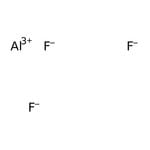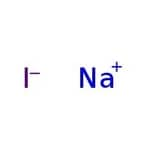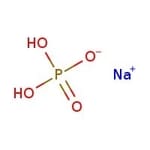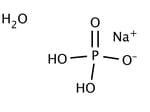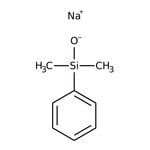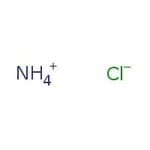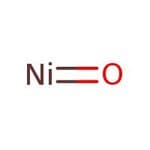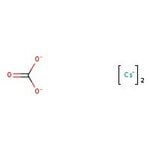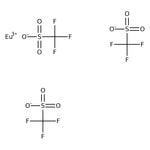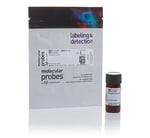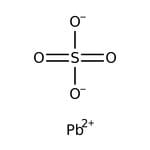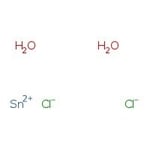Search Thermo Fisher Scientific
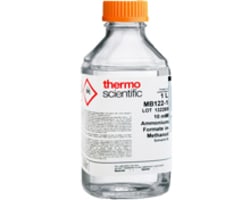
Inorganic Salts
Inorganic salts are inorganic compounds with ionic bonds and do not contain carbon-hydrogen bonds. These products are available in a variety of chemical compositions and quantities.

Transition Metal Salts (1219)
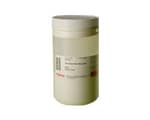
Alkali Metal Salts (1025)
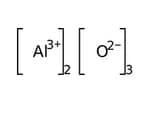
Post-Transition Metal Salts (614)
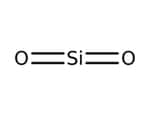
Metalloid Salts (493)
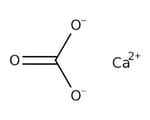
Alkaline Earth Metal Salts (450)
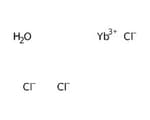
Lanthanide Salts (338)

Ammonium Salts (214)
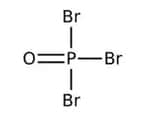
Reactive Nonmetal Salts (48)
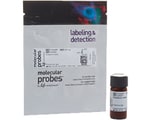
Halogen Inorganic Salts (45)
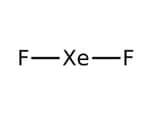
Xenon Salts (2)
Products (4448)
Learn More (45)
Documents & Support
(55)4448 Products
Filter
This Thermo Scientific Chemicals brand product was originally part of the Acros Organics product portfolio. Some documentation and label information may refer to the legacy brand. The original Acros Organics product / item code or SKU reference has not changed as a part of the brand transition to...
Aluminum fluoride (AlF3) is an inorganic compound used primarily in the production of aluminum. It is also used to inhibit fermentation. It is a sputtering target for preparation of low index films. In ceramics, as flux in metallurgy, in aluminum manufacture, as inhibitor of fermentation, as...
Sodium iodide commonly is used to prevent iodine deficiency. Used as analytical reagents, in the manufacture of disinfectants, antiseptics, deodorants and medicines. They are used in baking ingredient conditioner and as animal feed.
This Thermo Scientific Chemicals brand product was originally part of the Acros Organics product portfolio. Some documentation and label information may refer to the legacy brand. The original Acros Organics product / item code or SKU reference has not changed as a part of the brand transition to...
This product is GMP Manufactured and meets U.S.P and B.P. Chemical Specifications.
This Thermo Scientific Chemicals brand product was originally part of the Alfa Aesar product portfolio. Some documentation and label information may refer to the legacy brand. The original Alfa Aesar product / item code or SKU reference has not changed as a part of the brand transition to Thermo...
Ammonium chloride finds its use as a flux in preparing metals for galvanizing, soldering or tin coating. While mainly referred as a nitrogen source fertilizer, it is also used in cleaning tip of soldering iron, hair shampoo as a thickening agent, some batteries as electrolyte, tanning, textile...
Nickel (II) oxide is used in the preparation of nickel alloys including nickel steel alloys, manufacture of glass and porcelain paints. Further nickel oxide is the main component in nickel-iron battery (Edison battery), nickel-cadmium rechargeable battery, and also used in ceramic industry for...
Cesium carbonate is the precursor for other cesium compounds. It acts as a base in sensitive organic reactions. Suzuki, Heck and Sonogashira synthesis are some of the important reactions involving cesium carbonate.
Adiponitrile is used as an intermediate for the synthesis of hexamethylenediamine (diamino-1,6-hexane). This chemical is an important intermediate for the manufacture of synthetic fiber. This Thermo Scientific Chemicals brand product was originally part of the Alfa Aesar product portfolio.
It is a water-tolerant Lewis acid used in the Aldol reaction of silyl enol ethers with aldehydes. This Thermo Scientific Chemicals brand product was originally part of the Alfa Aesar product portfolio. Some documentation and label information may refer to the legacy brand.
Propidium Iodide
Lead(II) sulfate is used in pigments, galvanic batteries, lithography, weighting fabrics. It is also used as intermediates. This Thermo Scientific Chemicals brand product was originally part of the Alfa Aesar product portfolio. Some documentation and label information may refer to the legacy brand.
This Thermo Scientific Chemicals brand product was originally part of the Acros Organics product portfolio. Some documentation and label information may refer to the legacy brand. The original Acros Organics product / item code or SKU reference has not changed as a part of the brand transition to...
This Thermo Scientific Chemicals brand product was originally part of the Acros Organics product portfolio. Some documentation and label information may refer to the legacy brand. The original Acros Organics product / item code or SKU reference has not changed as a part of the brand transition to...
Learn More (45)
View all
Inorganics are commonly defined as elements and compounds that do not contain a carbon-hydrogen bond. Examples of these include carbon monoxide, carbon dioxide, carbonates, cyanides, cyanates, and carbide, to name a few. This group also includes carbon allotropes such as graphite and graphene.
Structure search Chem dex search Element search, Inorganics generally consist of cations and anions joined by ionic bonding and include salts, metals, and single elements. These compounds commonly demonstrate high melting points and exhibit variable degrees of electrical conductivity.
Documents & Support (55)
View all
Can I freeze PFHM-II Protein-Free Hybridoma Medium (liquid) (Cat. No. 12040077)?
Can I store Gibco Essential 6 Medium (Cat. No. A1516401) at -20 degrees C?

